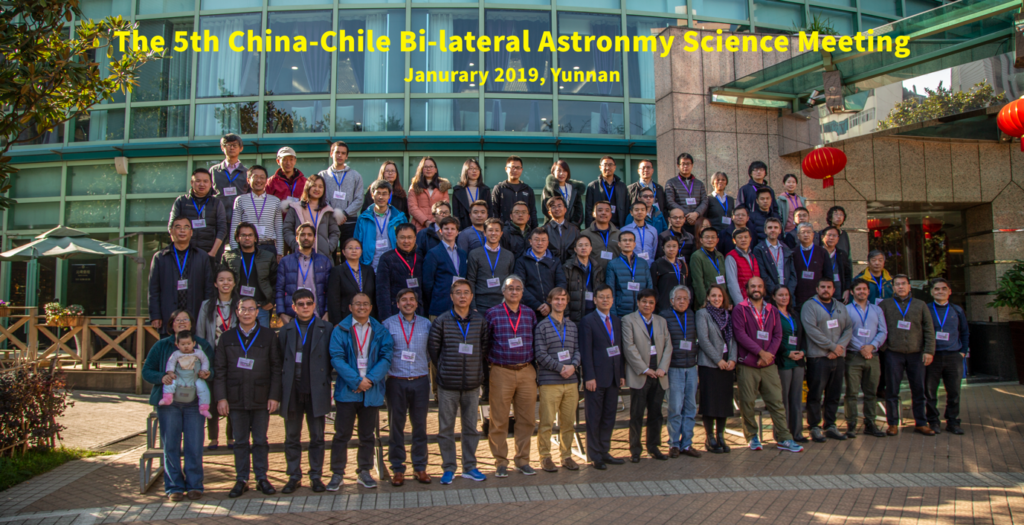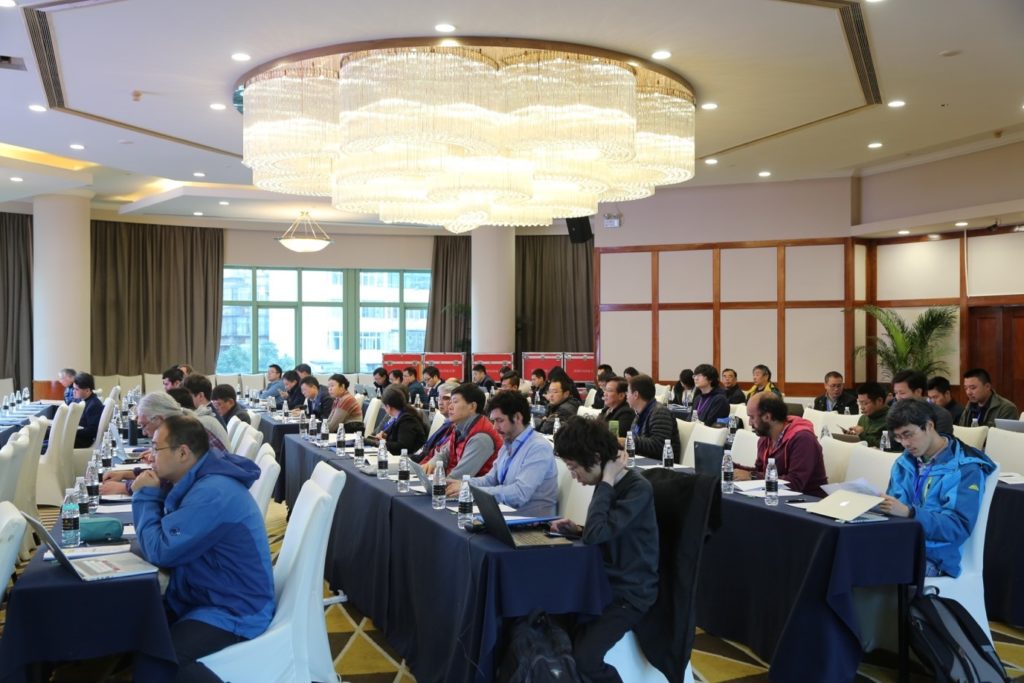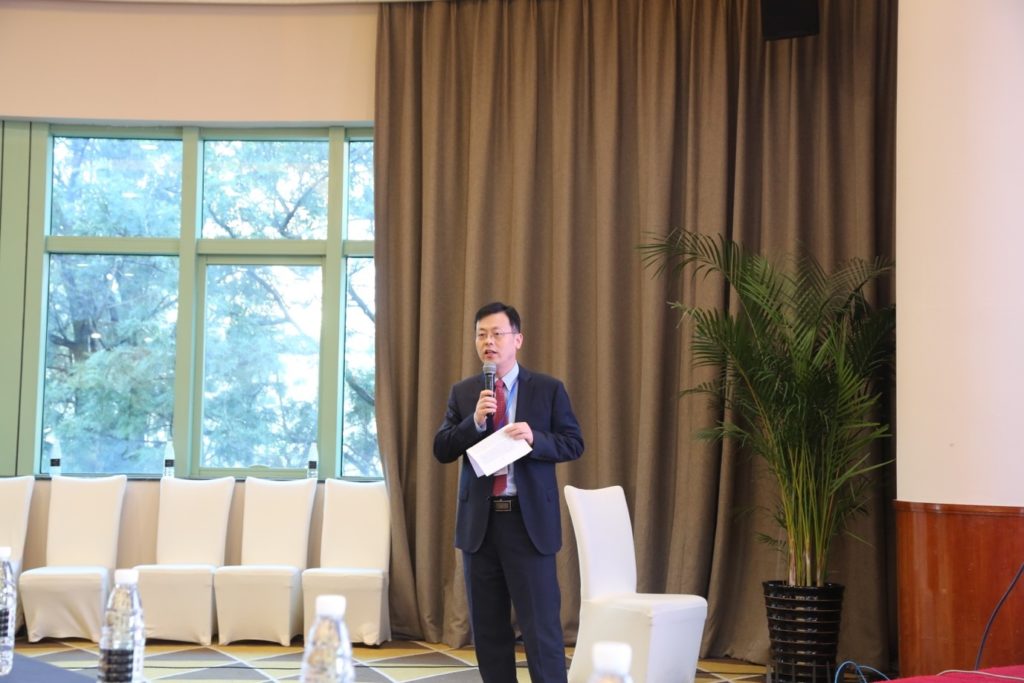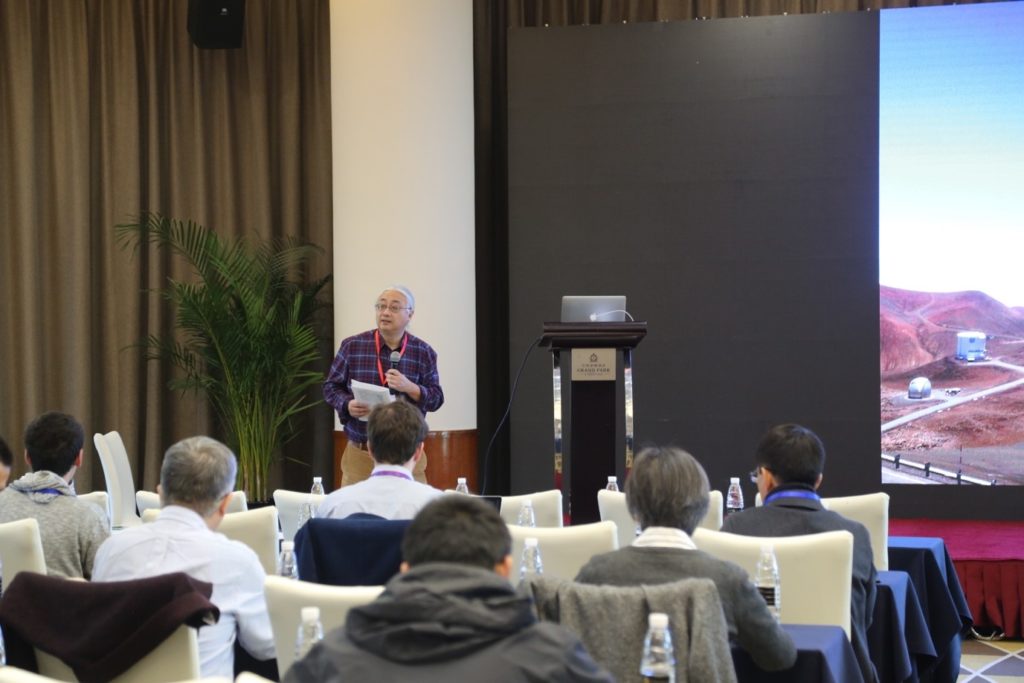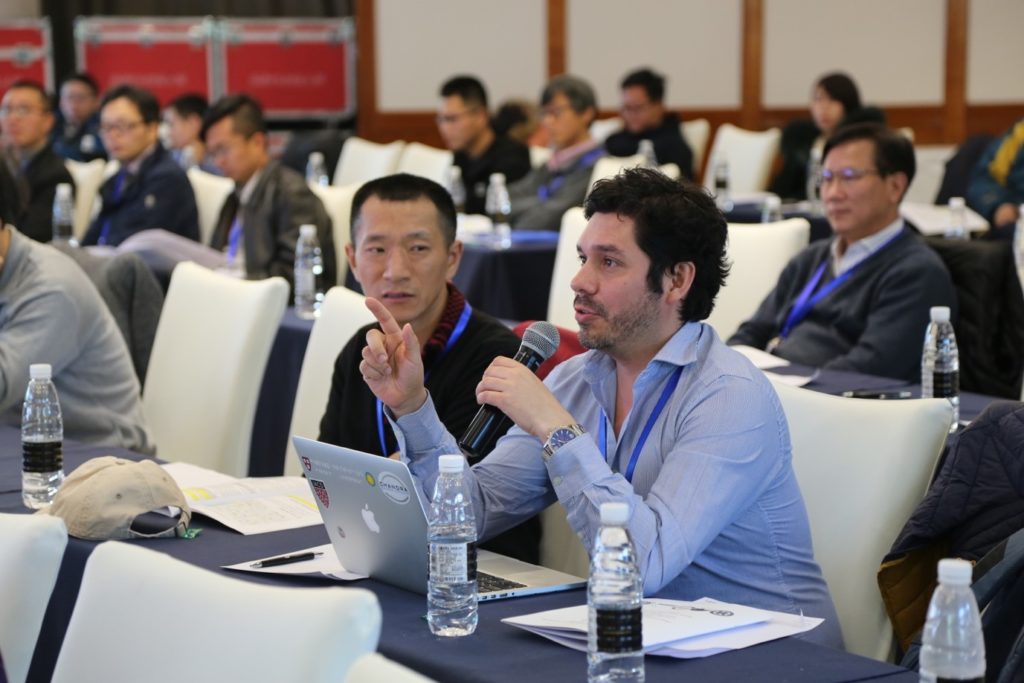As the Chinese New Year of the Dragon approaches in 2024, the Chinese Academy of Sciences South American Center for Astronomy (CASSACA) and the Department of Astronomy of the University of Chile (DAS, UCh) worked together to celebrate it and promote Chinese culture.
On January 26, this event was held in Santiago, Chile. Ms. Chao Zhu, from the Science and Technology Section of the Chinese Embassy in Chile; Ms. Hongjuan Gu, Chinese Director of the Confucius Institute at the Catholic University of Chile; Representatives of the Confucius Institute at the University of Santo Tomas; Prof. Francisco Martínez Concha, Dean of the Faculty of Physical and Mathematical Sciences at the University of Chile, and the Vice Dean, Prof. Marcela Munizaga; Dr. Bruno Días, President of the Astronomical Society of Chile; Prof. Guido Garay, Director of the Center for Excellence in Astrophysics and Associated Technologies (CATA); Representative of La Cisterna Municipality, and representatives of local Chinese enterprises were invited to the event. Members of Department of Astronomy of UCh, together with the CASSACA team and their families, congregated to celebrate the Chinese New Year, with a total of more than 170 participants.
The cultural experience area, highlighted by its Chinese calligraphy demonstrations and tea ceremony, garnered high praise. The lunch with authentic Chinese dishes, received an especially warm welcome, creating long lines of attendees eager to taste it. Additionally, the harmonious performances of the guzheng and erhu, along with the elegant fan dance, the mysterious face-changing, and the vigorous sword dance, received continuous applause from the audience, raising the festive atmosphere of the event to a climax and perfectly showcasing the rich flavor of the Chinese New Year. In this context, as a highlight of the event, the exhibition of Ancient Chinese Astronomy and Modern Astronomical Achievements showcased the glorious history and modern achievements of Chinese astronomy, attracting the attention of many guests, while a solar observation telescope specially set up by the Department of Astronomy of UCh also became the focus of attention of many attendees.





This celebration not only had a warm and joyful atmosphere on-site, fully showcasing the unique charm of traditional Chinese culture, but it also successfully merged traditional cultural celebrations with the exploration of modern astronomical science. As a significant bridge in the cooperation between China and Chile, CASSACA will continue to play its role as a platform, helping to boost cooperation and exchanges between both countries across multiple fields, together writing a new chapter of friendship

This event was funded by the National Astronomical Observatories of the Chinese Academy of Sciences and assisted by the Department of Astronomy of the University of Chile.



















